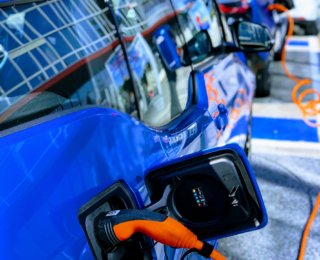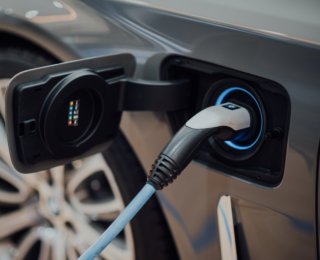
This is a great time to consider implementing an RFID (radio frequency identification) fuel-management system. There are three main advantages of an RFID fuel system over pen-and-paper or older technology that fuel management systems may use for reporting.
1) Eliminate Shrinkage
First, you can lock down fuel to eliminate “shrinkage” (a euphemism for theft) or misallocation. Industry figures estimate shrinkage at between 5 and 10 percent of a fleet’s annual consumption. If you burned a million gallons last year, you may have lost between 50,000 to 100,000 gallons to shrinkage. With fuel hovering at $3.50 per gallon, there is an incredible opportunity for savings through reducing shrinkage.
2) Precise Equipment Cost
Second, fuel-management systems can precisely quantify your fuel burn for individual vehicles or entire departments, resulting in more accurate equipment costing and job bidding, allowing for condition-based maintenance scheduled by fuel consumption, and facilitating decision-making when choosing new equipment. These benefits may well surpass the potential savings from eliminating shrinkage, although they are much more difficult to quantify.
3) Accurate Odometers
Third, accurate odometers or hours meters. This is the lifeblood of any well-run fleet. RFID provides cost-saving benefits and effective preventive maintenance programs. Capturing this information from the vehicle at the fuel island and not relying on the driver, due to human error, is the key to success.
How Does it Work?
RFID systems have an electronic module mounted on the vehicle that takes data from an RFID tag near the fuel nozzle and combines it with vehicle data such as hour meter, odometer, GPS location information or fault codes (in the case of vehicles). The module then wirelessly transmits the data back to the Island Control Unit or fuel truck, which records the fuel transaction and reports the additional data from the machine or vehicle’s electronic module.
For fleets that are comprised mainly of on-road vehicles, installation can be as simple as plugging the module into the on-board diagnostic (OBD) connector under the dashboard and running a cable to the RFID tag. The connectivity with the vehicle’s computer systems through the OBD connector allows you to collect a wealth of data from the vehicle at every fuel transaction, including odometer readings and fault codes.
RFID tag-only systems can be installed in a matter of minutes. Simply attach the RFID tag to the vehicle’s fuel filler neck. The per-unit cost is substantially lower than with RFID tag-only systems, and installation is much easier to manage. This will secure fuel and ensure it goes into the authorized vehicle but it will not bring back additional data from the OBD.
Only you can decide which system is right for your fleet. Either way, you can no longer afford to not secure and track your fueling operations. FuelDrive is an automated fleet fuel management system that supports continuous, real-time fuel management over virtually any communication platform. With HaaS and SaaS offerings, you can expect access to your own secure, accurate information wherever you are.
Want to learn more about FuelDrive? Fill out the form to the right:










